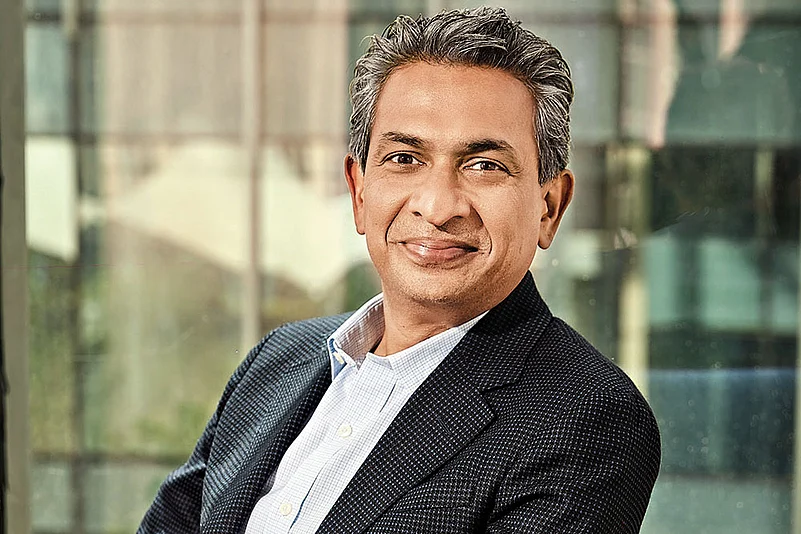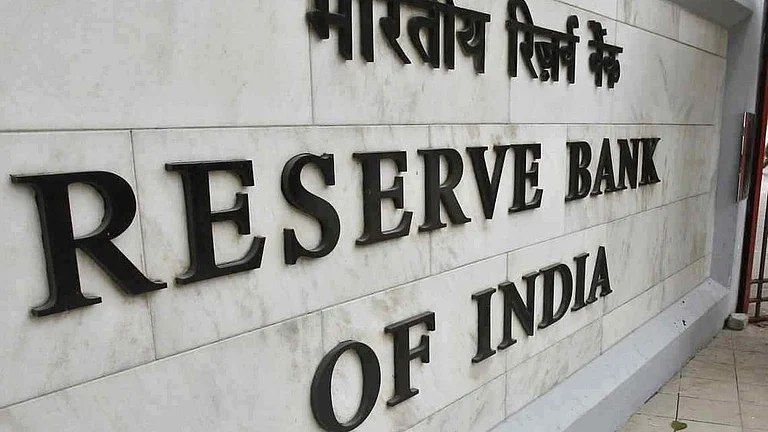What steps are you taking to improve corporate governance in your investee companies? We understand that there are various processes that you already instil in them, but what else is being done to avoid future mishaps?
We strongly believe that world-class companies need world-class governance. Business challenges are part and parcel of a start-up life. But wilful fraud is an entirely different matter. We have zero tolerance for that. We will continue to respond strongly when we encounter wilful misconduct or fraud and take tough calls wherever needed.
What is important is the action taken once there is evidence of wrongdoing. When cases of wilful misconduct arise, venture capital firms must take action to investigate, report and seek remedies.
It is important to understand that no amount of oversight by investors, boards or audit committees can ensure that a company is well-governed if the founders are not committed to this objective.
However, these instances are the result of the ill-intentioned actions of a few. Such incidents do not alter our commitment to the Indian start-up ecosystem which is one of the most vibrant in the world. We trust our founders, and we will continue to partner with the ones who want to build for the long term in the right way.
You are right, we already have a set of robust processes in place, including rigorous due diligence before we invest, regular board meetings and regular cadence of MIS reporting. For instance, we have conducted over 750 financial diligences and background checks (by the Big Four) and legal diligences (by Tier 1 law firms) in the past five years alone.
We are doubling down on sensitising companies on the need for stage-appropriate governance. For example, depending on the stage, companies need to have relevant and experienced CFOs in place. Internal audits and early adoption of audit committees along with an independent board of directors, even though not required under law, is a good practice. Timely completion of statutory audits is critical.
We are also doubling down on initiatives to collaborate across the ecosystem with founders, governments, co-investors and partners to help our region emerge stronger, more resilient and sustainable than ever before.
Do you think the revelations at GoMechanic will impact your relations with other Indian founders?
On the contrary, our relationship with our founders continues to get stronger. They see us doing the right thing, which is zero tolerance for wilful fraud. We trust our founders and are in a long-term partnership with them.
Have we misinterpreted India’s internet penetration with payment capacity, leading to hyping the digital start-ups?
India today has the second largest connected digital user base in the world. In 2011 when I joined Google, India had just crossed 100 million internet users, but the country only had 10 million active smartphone users. All these users were on narrowband networks. At the end of 2022, India crossed 700 million connected smartphone users—all of them connected on broadband networks consuming more mobile data than any other nation on the planet. The entire digital ad market in India in 2011 was only $140 million, and, in 2022, it crossed $8 billion. At the current growth rate, the size of this market will be over $30 billion by 2030.
The growth we are seeing across digital ads, commerce and payments [platforms] is truly extraordinary and unprecedented. For instance, in 2015, India did not have a digital payments ecosystem. By 2020, the country had the most advanced digital payments ecosystem in the world.
Even three years ago, we could not imagine a new consumer brand going from zero to Rs 1,000 crore of revenue and doing it in a period of six years. Today we have several examples of new consumer brands with such performance.
India today has over 300 million mobile gamers. Revenues for Indian gaming companies that virtually did not exist seven years ago is now at $2 billion, and it is on track to be $5 billion by 2025.
There is no question that India is an extraordinarily interesting market. The growth we have seen so far is just the beginning. We have just scratched the surface.
Loss-leader strategy is well-established, especially when it comes to tech start-ups in the B2C space. We understand that in a country such as India, companies like Zomato are changing age-old habits, but how do we ensure that they are also swiftly set on the path of profits to ensure building of more enduring companies?
India has gone from having no ecommerce or digital payments users to having over 150 million ecommerce users and 350 million digital payments users over the past decade. We have gone from not being able to deliver products in the top four cities on the same day to being able to deliver to every single pin code in India within a period of three to four days.
Getting to where we are today has taken significant investments in building infrastructure and consumer awareness, changing consumer behaviour and driving adoption of commerce and payments.
As we are seeing, most of our large consumer-focused tech companies have crafted a path to profitability, and over the next two to three years, we will all be astounded by the profits these companies generate.
Let us go back to the Indian digital ad market: $40 million in 2011 to $8 billion in 2022. Imagine the profits that consumer companies that depend on advertising could create by the year 2030 when the digital ad market in India will cross $30 billion.































